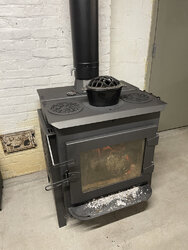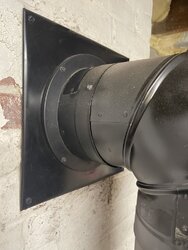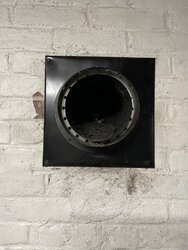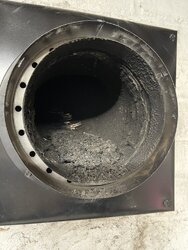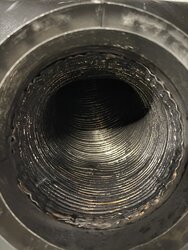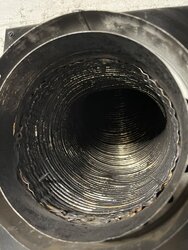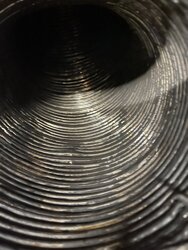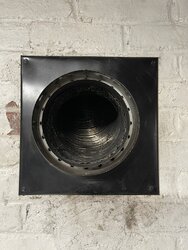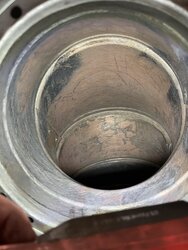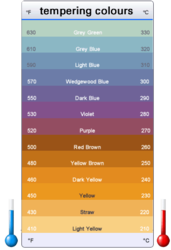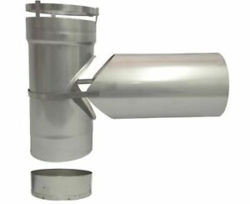If there is fire in your stove pipe, it means there is fuel in your stove pipe. That should not be there. This means your burning practices may need changing, whether it is the air/damping, or the fuel. Please be safe.
Yeah I think this is the open question.... was it actually a fire in the double wall stove pipe.....?


